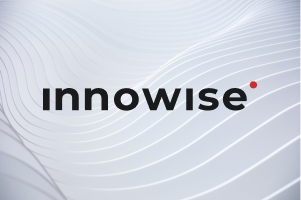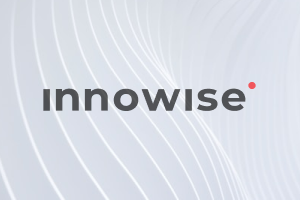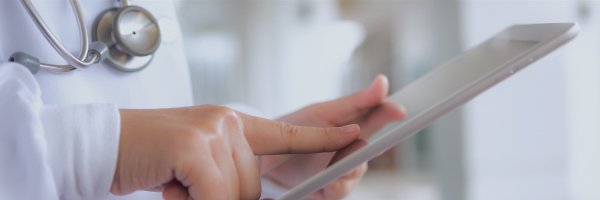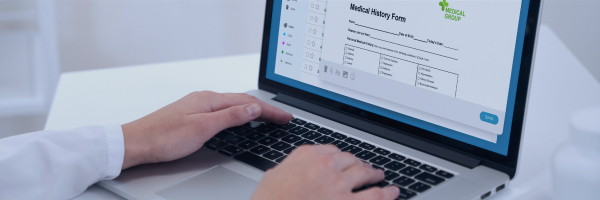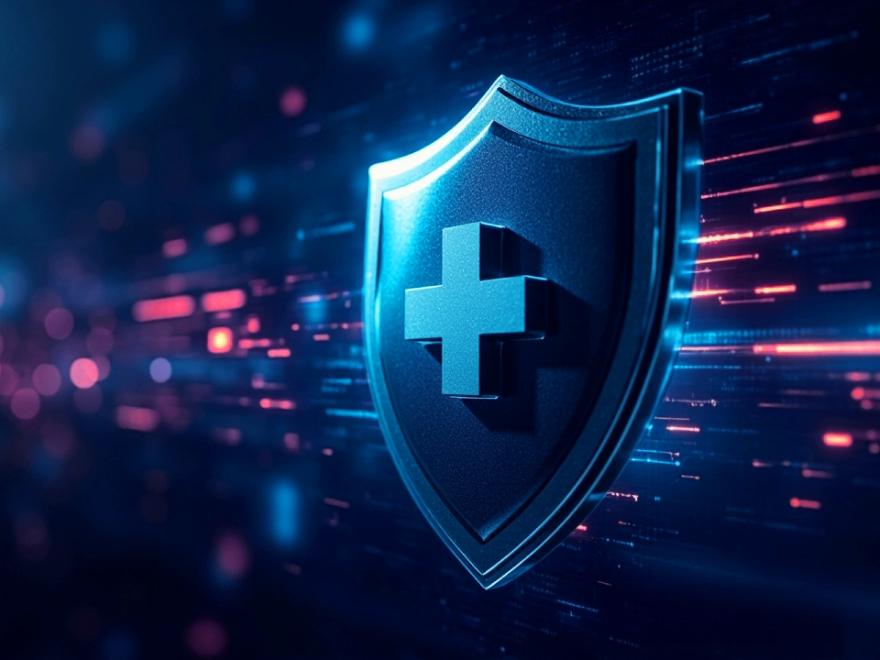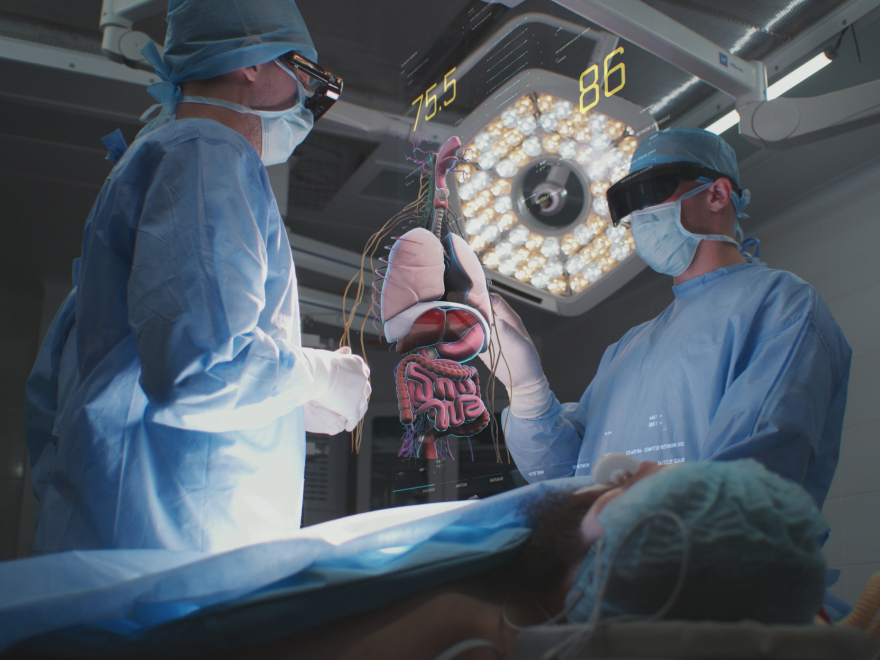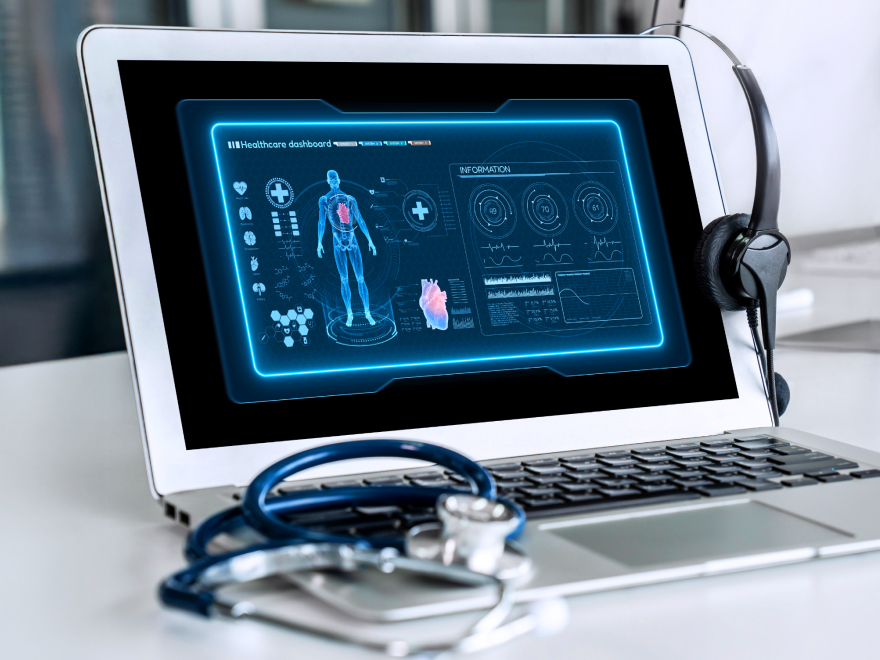- Gestion des données des patients
- Gestion des relations avec les patients
- Gestion des documents
- Gestion des tâches et collaboration
- Automatisation des ventes et du marketing
- Rapports et analyses
- Portail libre-service pour les patients
- Intégration aux systèmes de DSE
Gestion des données des patients
Chaque CRM dispose d'un un centre où sont rassemblées toutes les données relatives au patient, l'accès aux dossiers médicaux et à l'historique des interactions avec les patients permet à ces derniers de prendre des décisions précises et de répondre plus rapidement à leurs demandes. Grâce à l'accès à des dossiers médicaux complets et à l'historique des interactions, les prestataires de soins de santé et les coordinateurs médicaux peuvent prendre des décisions précises et répondre plus rapidement aux demandes des patients.
Gestion des relations avec les patients
La gestion des relations avec les patients est au cœur de la gestion de la relation client (CRM) dans le secteur des soins de santé. gérer les interactions entre les prestataires et les patients, les services de soins de santé de l'Union européenne sont en mesure de répondre aux demandes de renseignements, de planifier les suivis et de personnaliser la communication en fonction des préférences et des antécédents médicaux des patients. Ce niveau d'attention contribue à renforcer l'engagement des patients et à rationaliser les soins.
Gestion des documents
En organisant les documents des patients dans un dépôt numérique central, la gestion des documents permet de s'assurer que toutes les informations pertinentes sont facilement accessibles aux professionnels de la santé. Il permet également de contrôler les versions des documents et de partager les dossiers médicaux, les formulaires de consentement, les demandes d'assurance et d'autres documents essentiels.
Gestion des tâches et collaboration
Avec le CRM, il est plus facile pour les équipes médicales de suivre les tâches en cours et rester en contact en ce qui concerne la gestion des patients. Le personnel peut facilement suivre l'avancement des tâches, synchroniser les horaires et obtenir des informations sur les patients en temps réel. Ainsi, les équipes se concentrent sur ce qui est important sans avoir à jongler entre les soins aux patients et le travail administratif.
Automatisation des ventes et du marketing
Grâce aux outils de vente et de marketing CRM, les prestataires de soins de santé peuvent Automatiser les campagnes de courrier électronique d'identifier et d'entretenir des patients potentiels et de fidéliser les patients existants. Élaborer des stratégies de communication sur mesure pour différents segments de public et l'envoi de messages instantanés ciblés directement à partir du CRM permettent aux patients de rester engagés et informés.
Rapports et analyses
Les outils de CRM rapports et analyses donnent aux équipes un aperçu en temps réel des données sur les patients, des tendances et des processus opérationnels. Ces outils transforment les données sur les caractéristiques démographiques des patients, les traitements, l'engagement et les indicateurs de performance du cabinet en informations directes et exploitables pour des soins plus efficaces et plus réactifs.
Portail libre-service pour les patients
Les patients peuvent accéder à leurs informations médicales, prendre des rendez-vous, demander des renouvellements d'ordonnance et communiquer avec leurs prestataires par le biais d'un portail en libre-service. Cela permet aux patients de jouer un rôle plus actif dans leurs soins et simplifie les tâches administratives pour les prestataires de soins de santé, améliorant ainsi l'efficacité globale.
Intégration aux systèmes de DSE
Connecter le CRM avec le Système de DSE assure une flux de données transparent entre les plates-formes.
Il permet aux prestataires de soins de santé de consulter les dossiers des patients, les résultats de laboratoire et l'historique des traitements sans changer de système, ce qui accélère la prise de décision et réduit le risque d'erreurs dues à la fragmentation des données.
